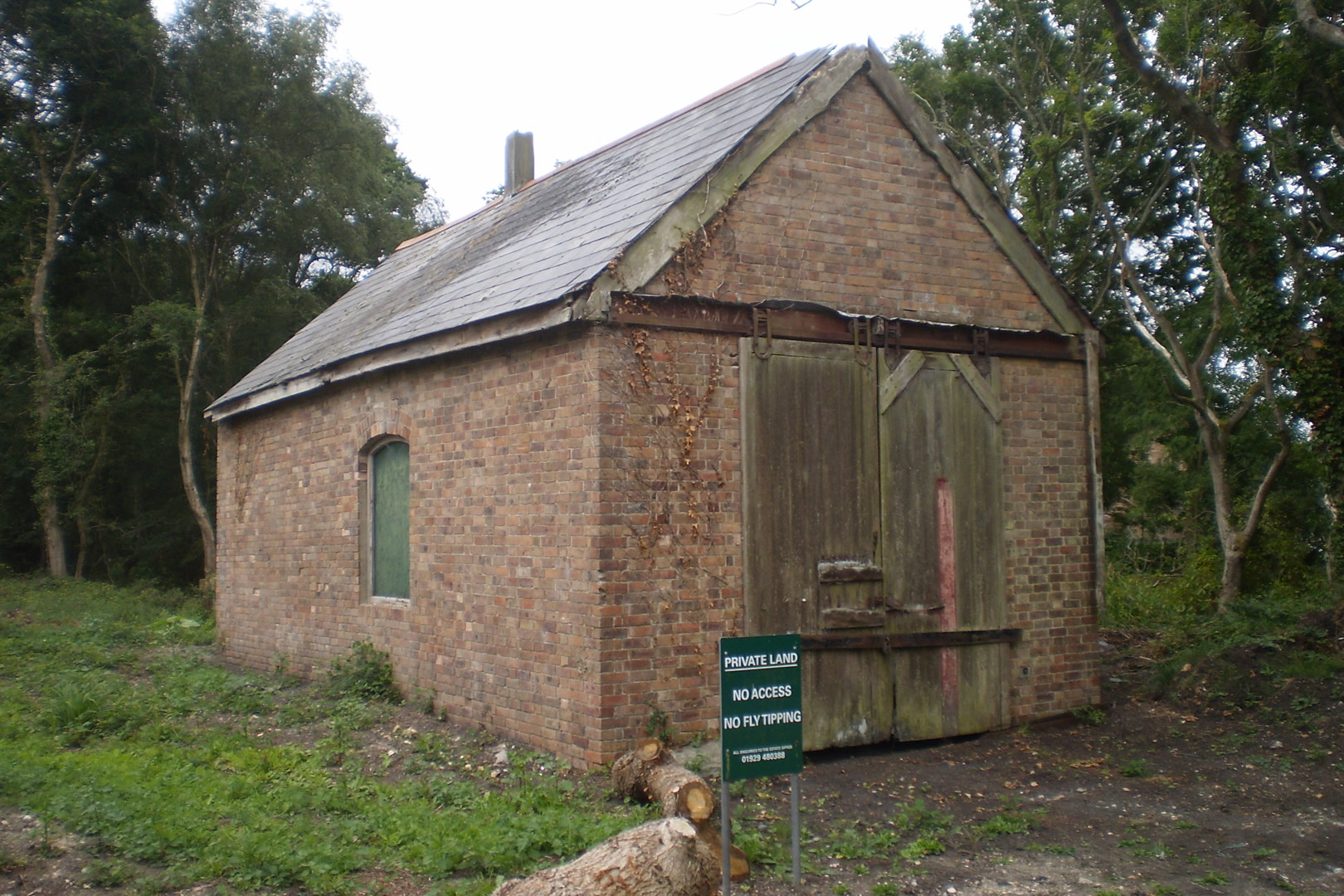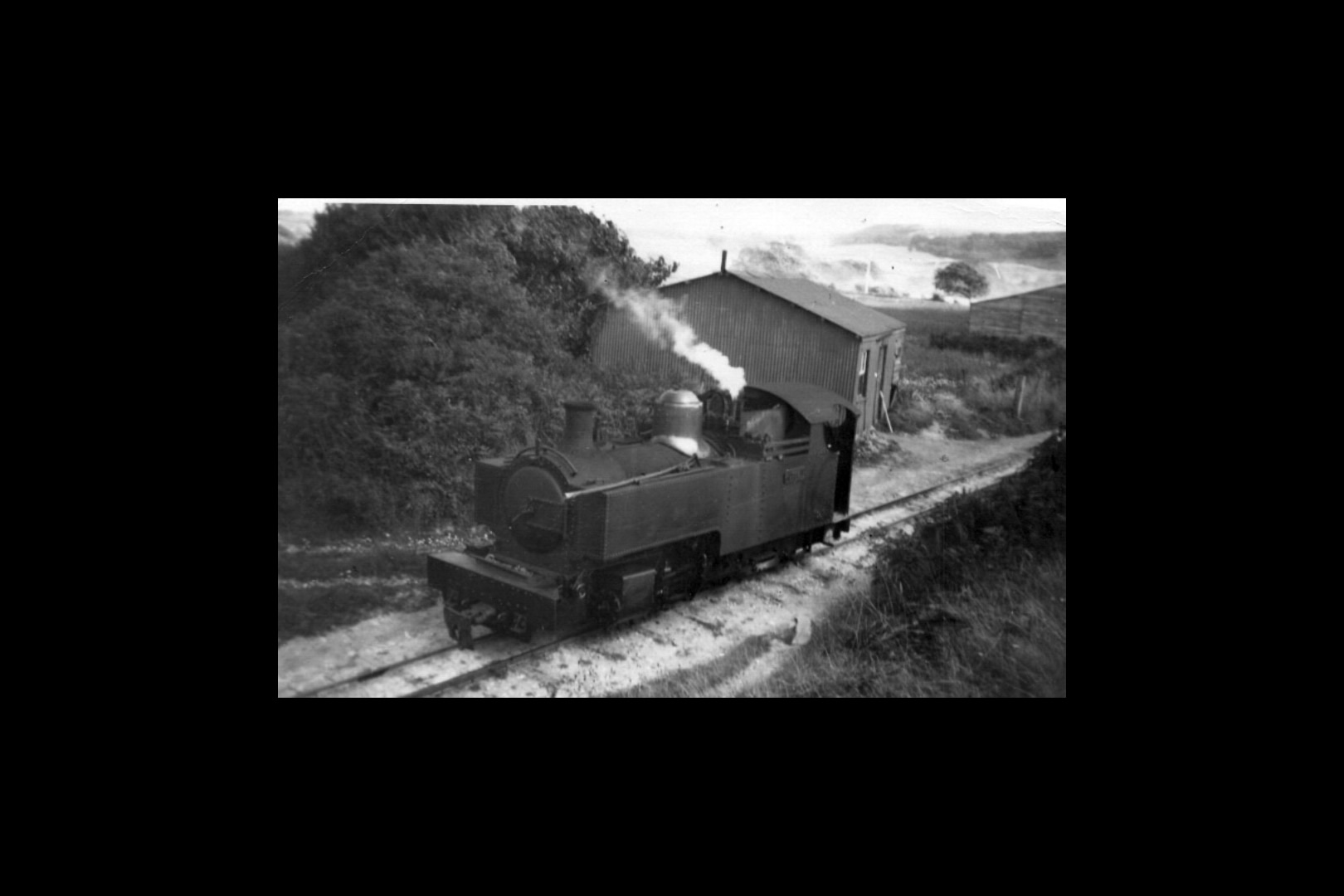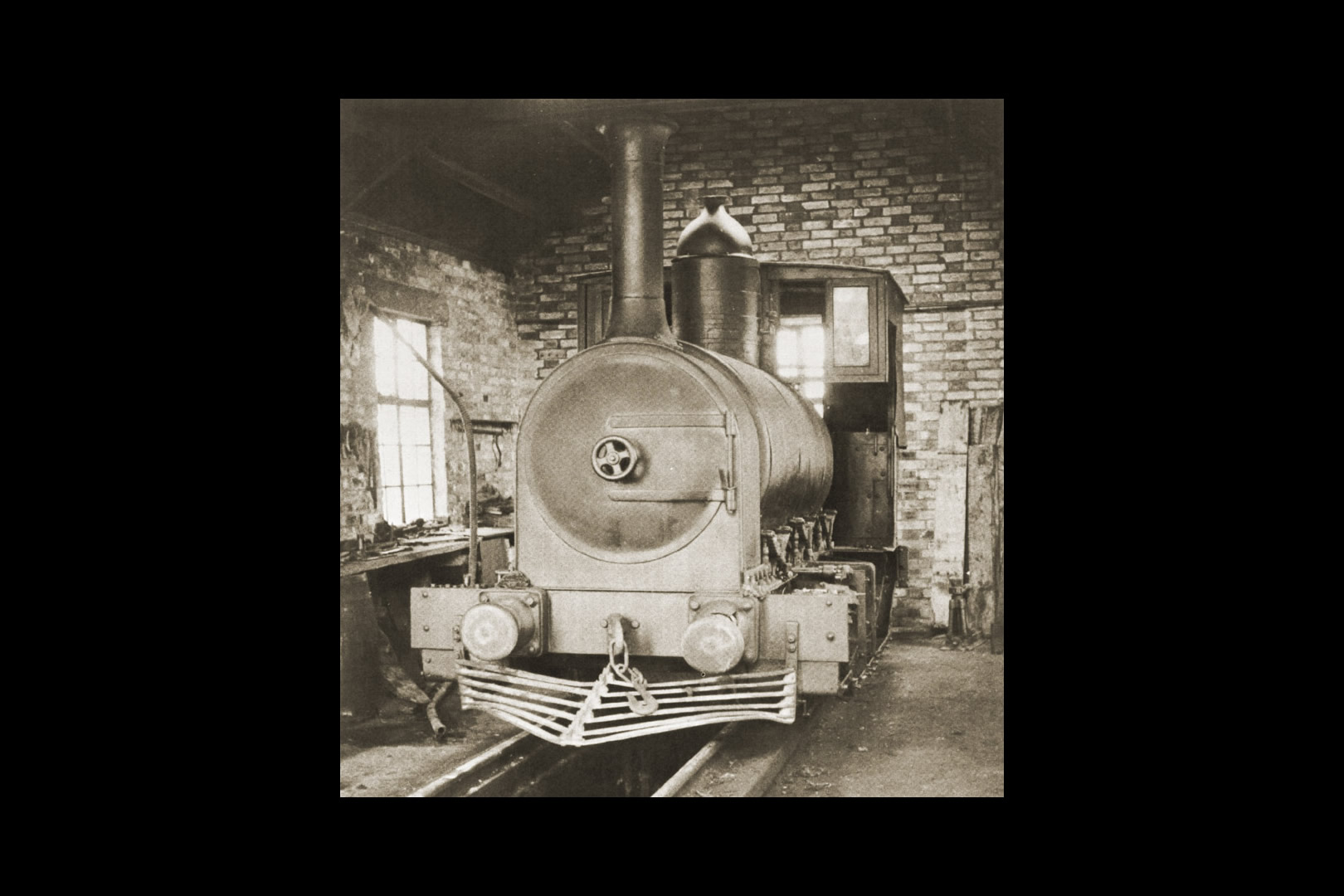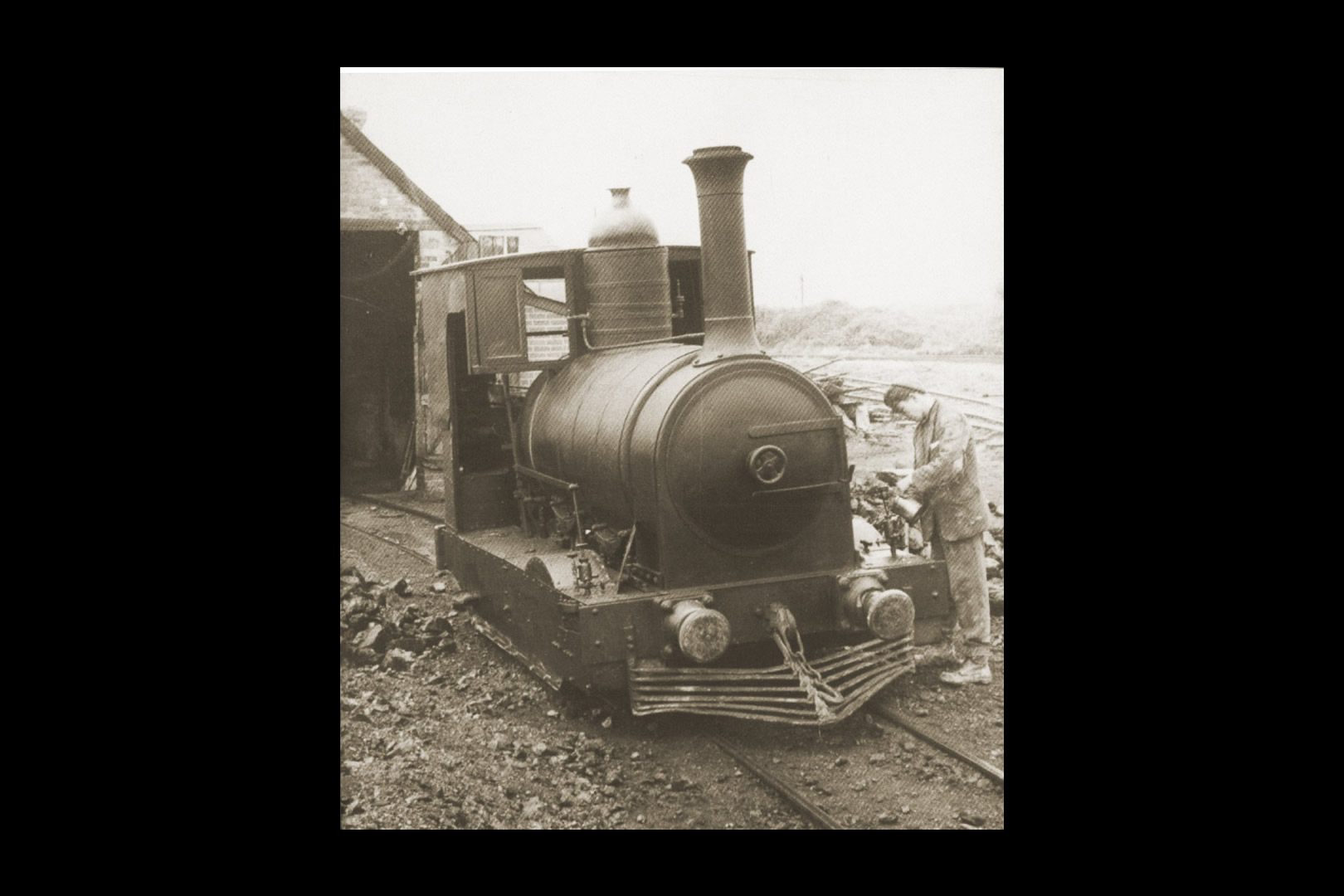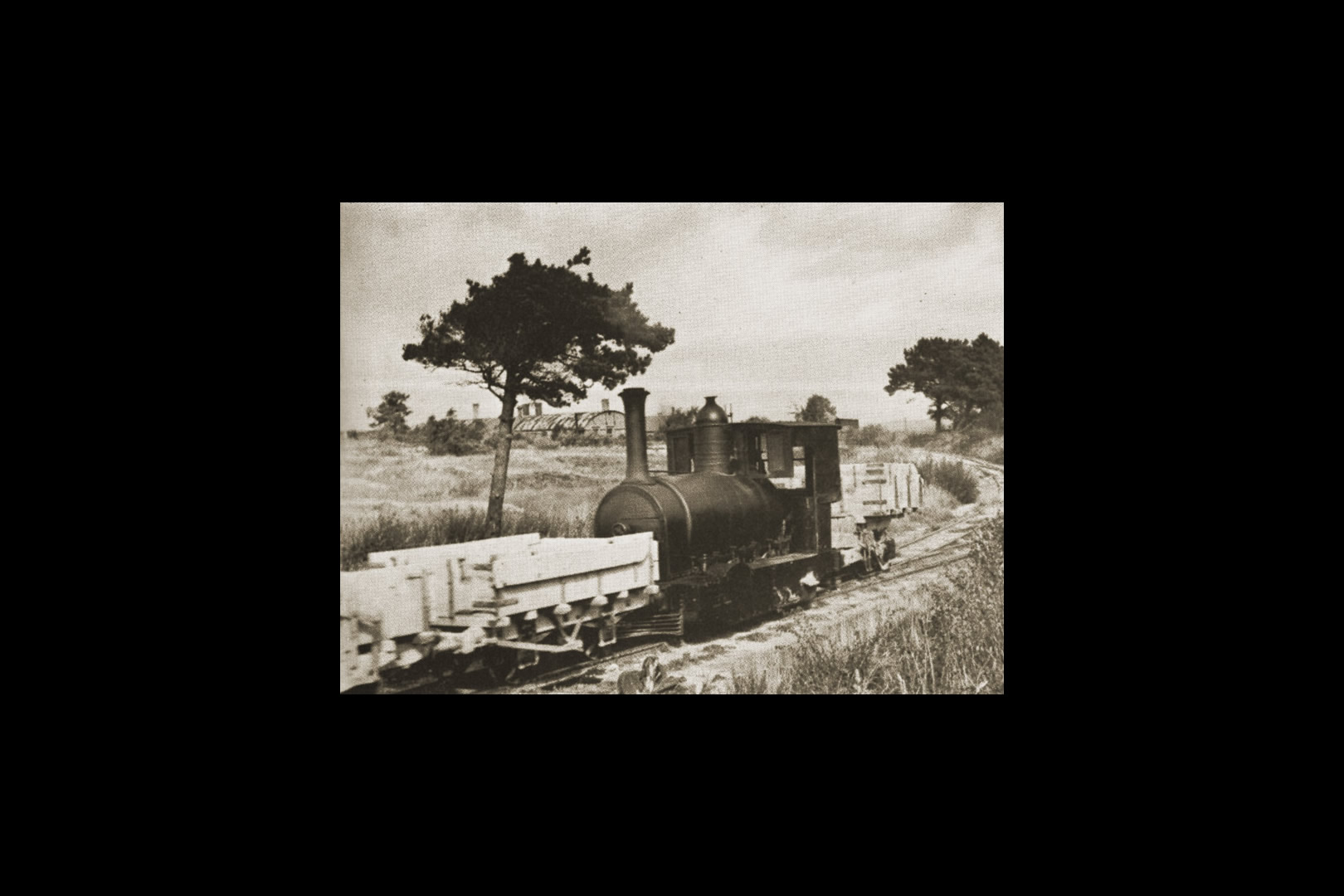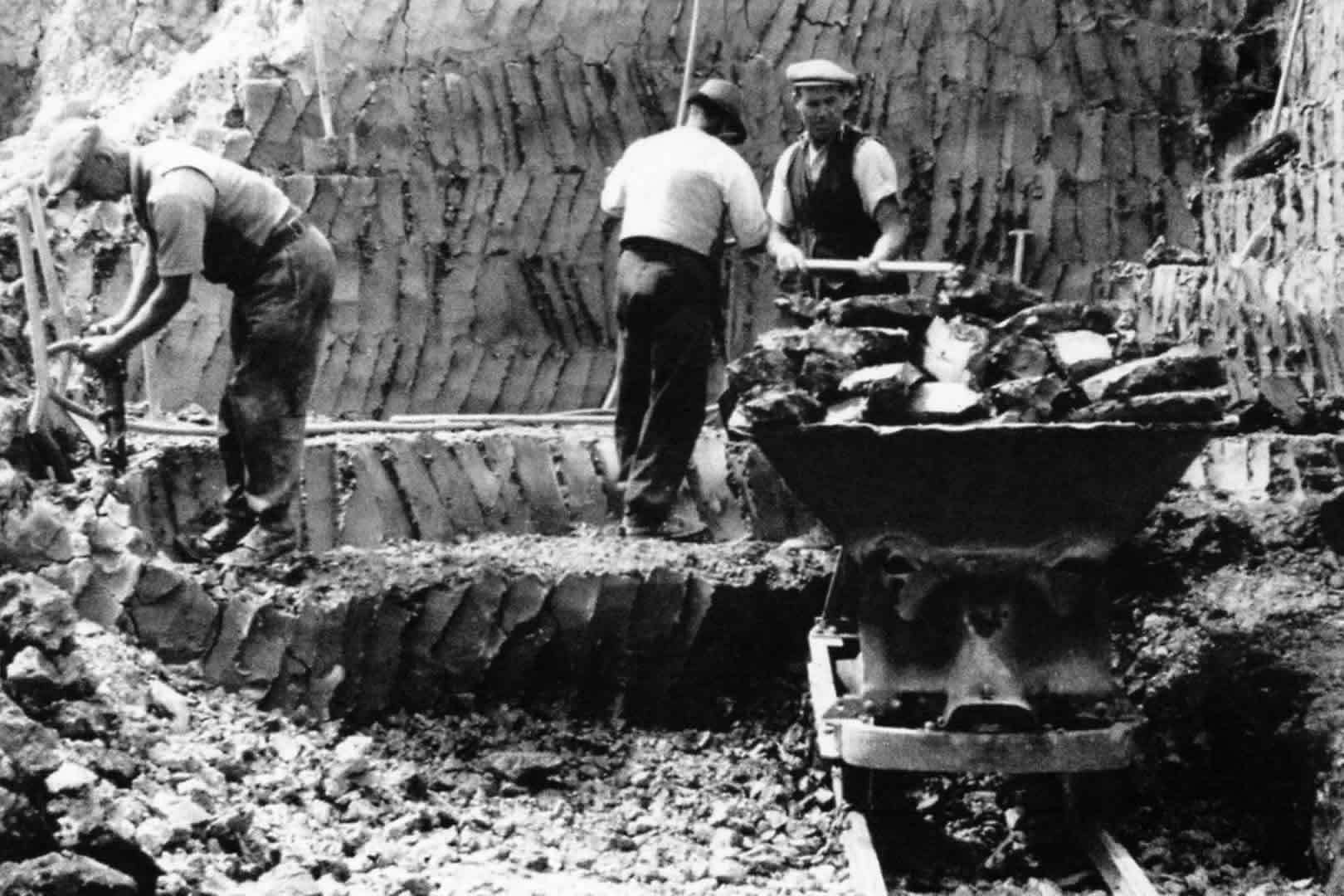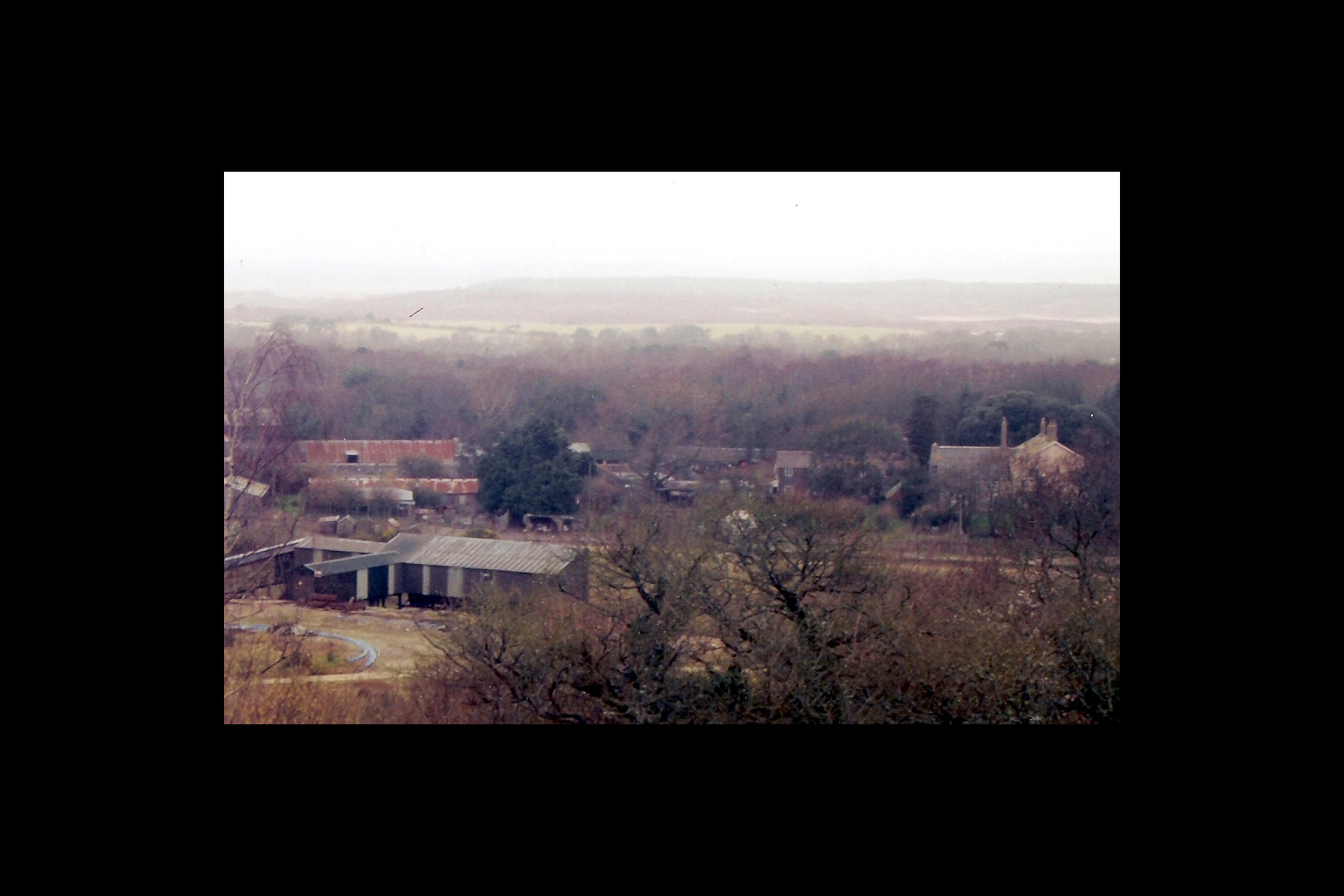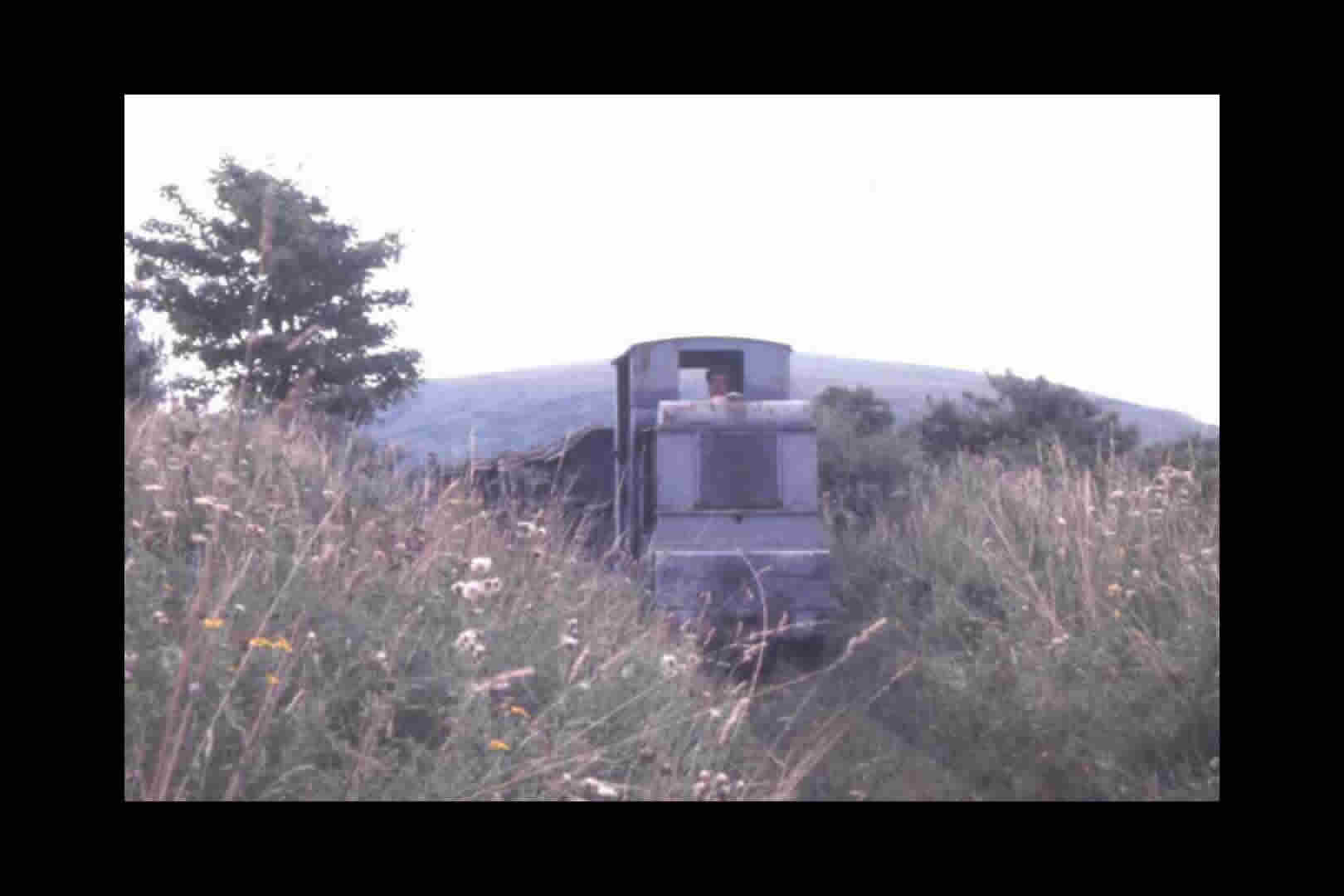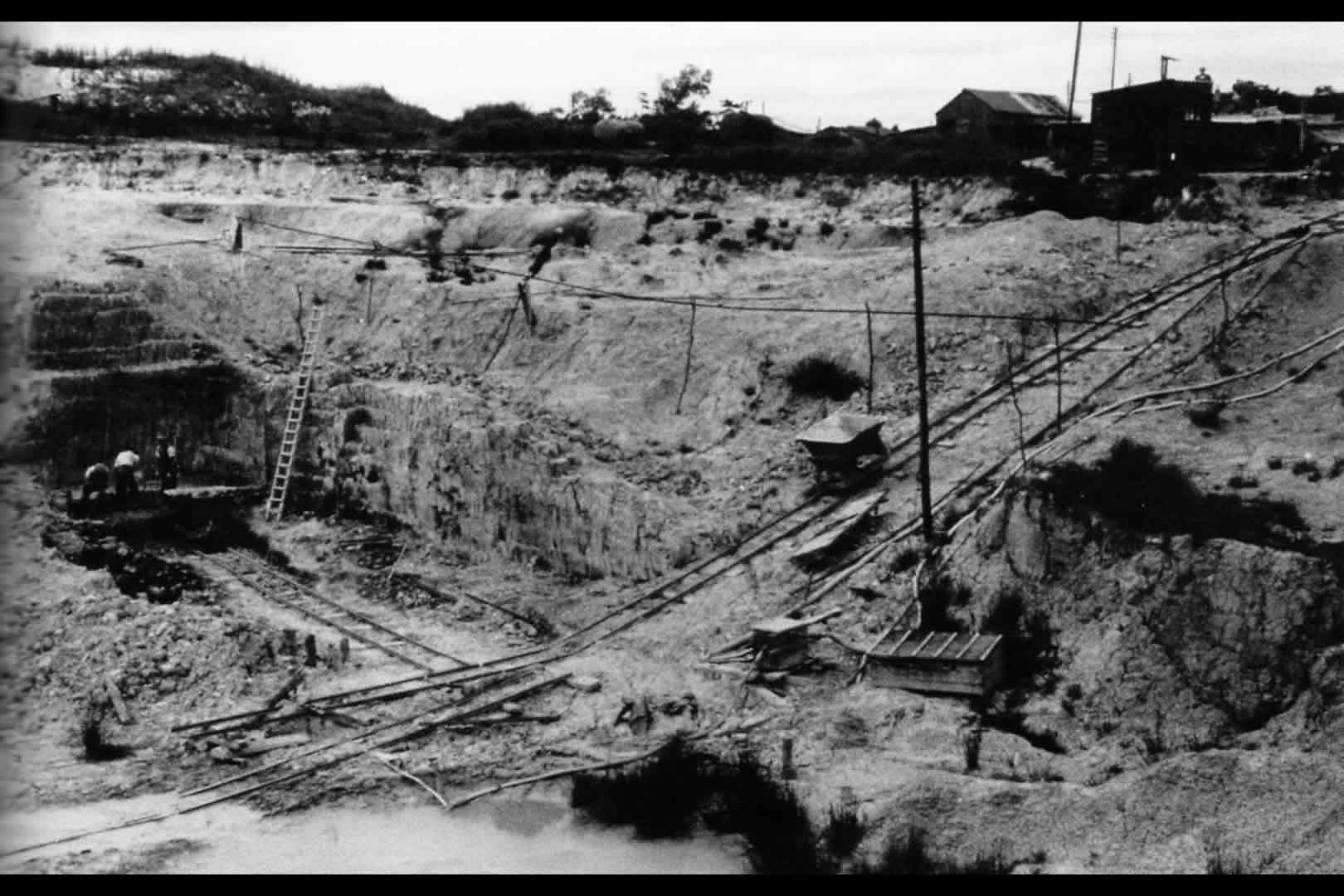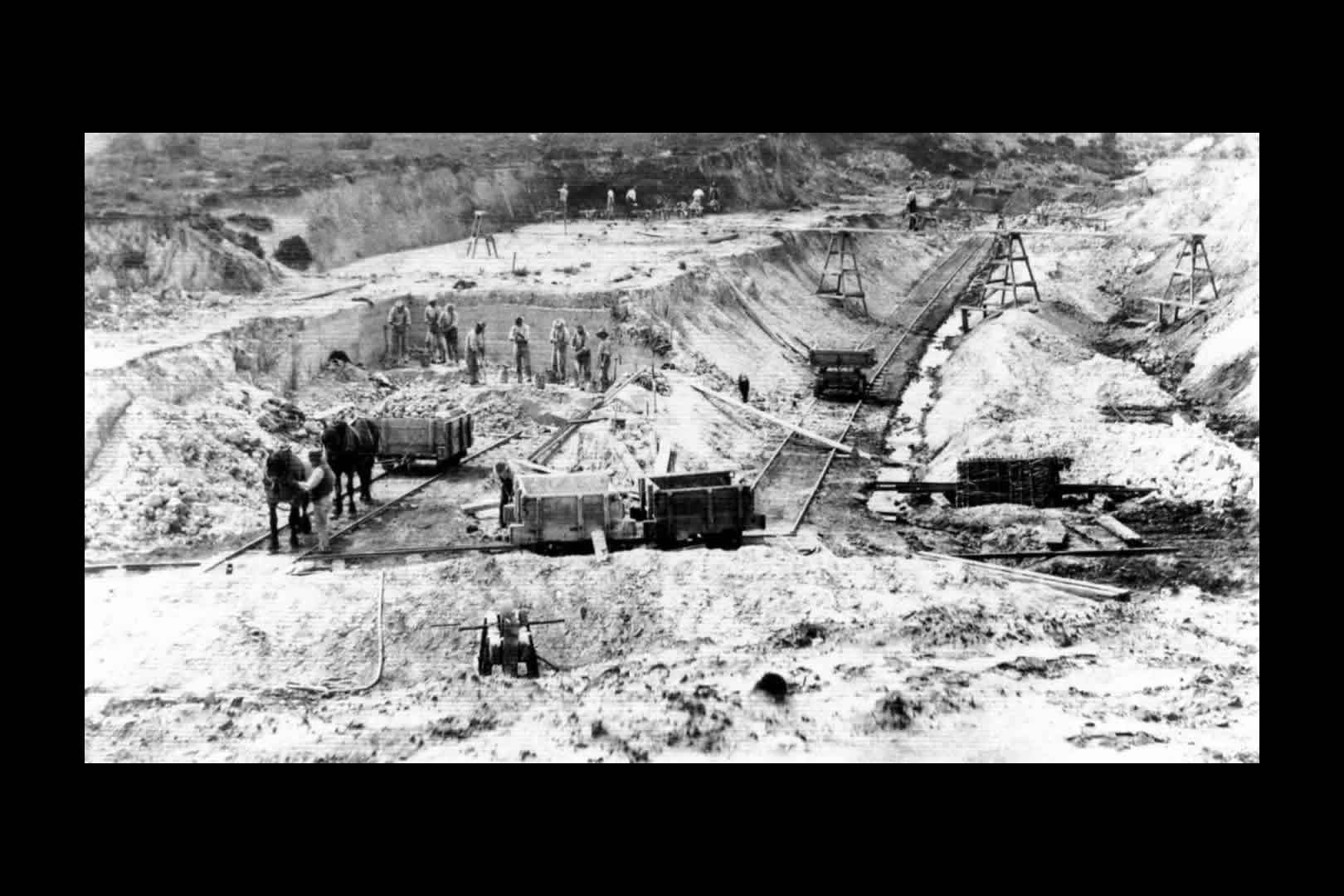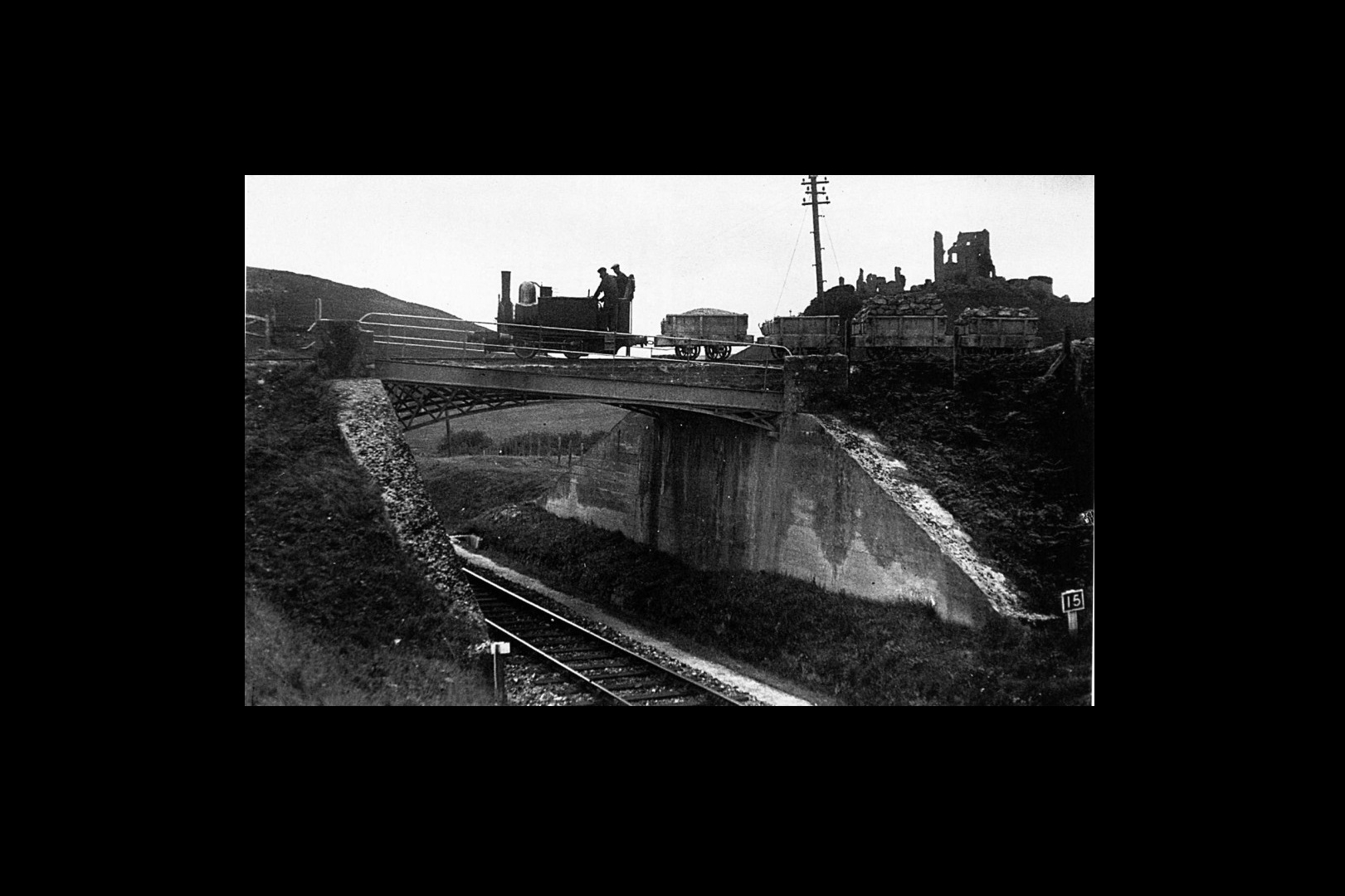Clay History
Ball clay is rare and is only found in a few places in the world. It is valued for its whiteness and its special properties when fired, which mean that it is ideal in tableware, bathroom ceramics and in situations where it needs to cope with high temperatures.
The Purbeck ball clays came from weathered feldspar crystals in granite in Devon and Cornwall, washed downstream by rivers millions of years ago. The clay has been used since prehistory, and a major local pottery industry developed in the Roman period. The clay began to be dug in large quantities in the 17th Century, as it was ideal for making clay pipes for tobacco smoking. The clay was shipped through Poole Harbour to London and beyond, and came to be used in tableware. It came to the notice of potters in the Potteries during the 18th Century, and became a key ingredient used by Josiah Wedgwood.
Wedgwood’s use of the clay, and the deals he did with local merchants and other entrepreneurs created an extensive industry. In the 19th Century, the several clay digging companies became dominated by Pike Brothers, based at Furzebrook and Fayles, based at Norden. Both invested in the latest technology. Benjamin Fayle created Dorset’s first railway, the Middlebere Tramway, to carry clay from the Norden area to a wharf on the edge of Poole Harbour at Middlebere. It opened in 1806, and remained in use with horse drawn wagons for a century.
Open cast, and later, underground shaft and adit mines appeared wherever the clay was available across north Purbeck. These were served by a network of narrow gauge railways, with steam locomotives introduced during the middle of the 19th Century. Steam was still being used when most of the lines closed in the 1950s. Underground mining ended in 1999, although open cast mining continues on several sites today.
The clay industry was a major employer in Corfe Castle and the surrounding villages from the end of the 18th Century. At times half of the population of some villages were supported by clay work. Clay mining ran in families for generations, with some members then going on to work on the Railways with the arrival of the Swanage Branch line.
Find out more about clay mining and uses of ball clay
The Ball Clay Heritage Society has more information about the history and heritage of clay production, transport and use, particularly in Devon and Dorset. Their resources are available at http://www.clayheritage.org/
This British Geological Survey factsheet mpf_ballclay.pdf provides an overview of ball clay supply in the UK as of 2011.
Imerys Ceramics video from 2012 showing modern ball clay production YouTube Imerys Video
Excerpts from a BBC documentary on clay production from the 1960’s BBC video
Examples of modern pottery at The Boilerhouse Gallery
Purbeck Mining Museum is not responsible for content on third party websites.

